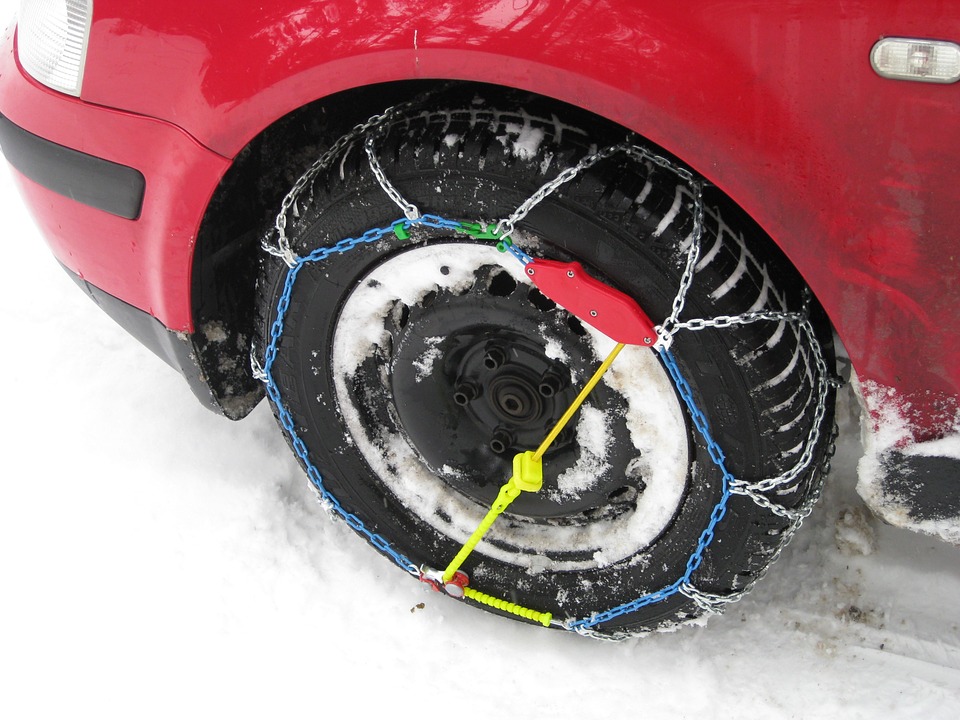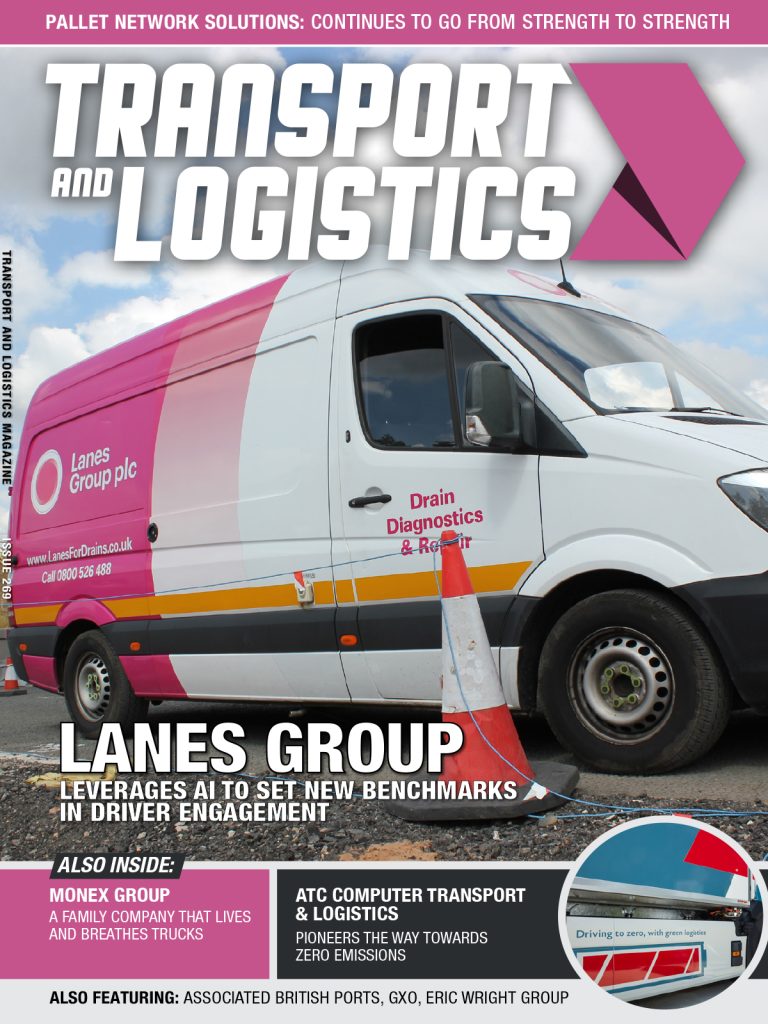With a fleet of vehicles that are needed on the road in the dark winter weather, there is a larger risk of problems. The entire vehicle performance can be affected by freezing temperatures, and roads can become treacherous. However, cold weather in the UK tends to stay within certain boundaries, and is therefore fairly predictable – meaning we can plan ahead. Here are a few ways you can ensure your van is prepared for the colder months:
Tyre pressure
A poorly inflated tyre will not only drain fuel more quickly, but also presents a danger, especially on roads that are also likely to be icy or wet in the winter weather. Indeed, cold weather causes tyre pressure to drop faster than usual, so check regularly. Check your handbook for full details, but the tyre pressure should be somewhere between 30-35psi.
Check that there is little perishing on the tyres, and that each van has a spare tyre plus the appropriate tools (jack, nuts etc.) so that you can actually change it should problems occur. In addition, your tyre tread should be at least 3mm in depth.
Engine coolant/antifreeze
Filling the radiator to the appropriate level is simple, even for someone who knows nothing about cars. Fill it at the correct level (to the warm level when warm etc.), and make sure the ratio of coolant to water is correct.
Don’t be too concerned if you overfill it slightly. It’s more dangerous if it’s underfilled, and the engine overheats, cracking the radiator and seals and possibly rendering the car unusable as the engine lets fluids flood into places they shouldn’t.
Windscreen washer/de-icer
Obviously you’re much more likely to use these in the cold weather, so make sure that you have a supply on hand. Don’t be tempted to drive off while your windows are still misted up, as your peripheral vision could be obscured – a dangerous circumstance.
Oil
If the temperature is particularly brutal in your area and drops below freezing, you might consider swapping to winter oil, which is slightly thinner and flows more easily. Thicker oil can make it harder to start the engine, which is difficult enough already in winter. Popularmechanics.com recommends using a 5W oil for the colder seasons.
Be mentally prepared
Allow yourself a little more time to get to destinations, and drive slowly while allowing greater distance between yourself and the vehicles ahead. Corners, especially on roads that have not been gritted, should be taken especially slowly. Brakes should be applied in a sparing manner, and if skidding does occur steer into it rather than away. Try to plan your route beforehand and stick to motorways and A-roads that are more likely to have been treated by gritting lorries.
Emergencies
Make sure you have a spare mobile phone and charger, water and food, blankets, first aid kit, and a warning triangle somewhere in the vehicle. A torch should be kept in the glovebox. Some people alleviate risk of getting stuck in snow or on ice by carrying a sack or ragged material that can be placed under tyres to give them traction. If you’re newly leasing the vehicle, bring these items with you in the hope that none of them will be required.














